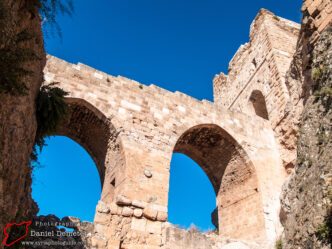
Qalaat Sheizar قلعة شيزر
Qalaat Sheizar (قلعة شيزر) is an impressive Arab castle located to the north of Hama (حماة) overlooking a vital river crossing point on the Orontes. …

Qalaat Sheizar (قلعة شيزر) is an impressive Arab castle located to the north of Hama (حماة) overlooking a vital river crossing point on the Orontes. …
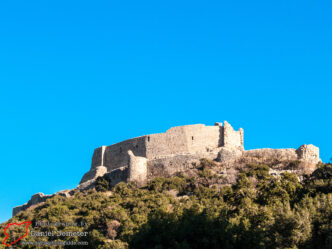
Among Syrians, Abu Qubeis (آبو قبيس) is one of the most popular sites in the region around Hama (حماة). To foreign visitors, however, it is …
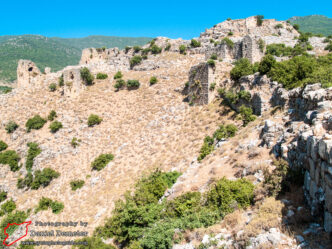
One of the most dramatically situated castles in the whole of Syria, the Crusader castle of Qalaat Mirza (قلعة ميرزا) – sometimes referred to as …
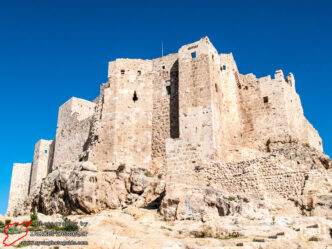
Masyaf (مصياف) is a predominantly Ismaili town about 45 kilometers west of Hama (حماة). The primary attraction of Masyaf (مصياف) is the …
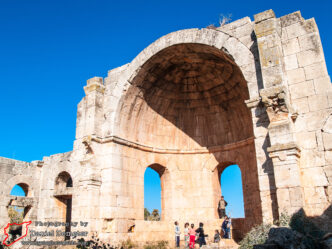
The remains of two Byzantine churches are located on opposite ends of this small Alawite village near Masyaf (مصياف). The western church, …
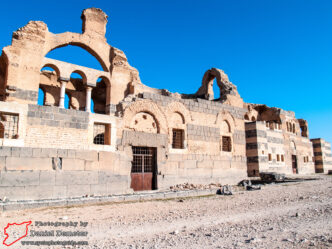
Qasr Ibn Wardan (قصر ابن وردان) is a fascinating Byzantine church and palace complex located at the edge of the desert to …
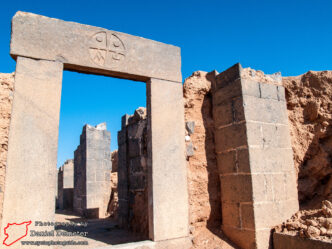
The remote Byzantine site of al-Andarin (الاندرين) is spread over a vast area at the edges of the semi-desert, about twenty-five kilometers …
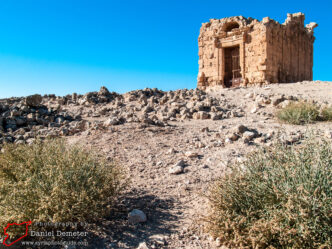
The small desert village of Ithriya (اثريا) was once the site of the ancient Roman settlement of Seriana. Remains of its beautiful third …
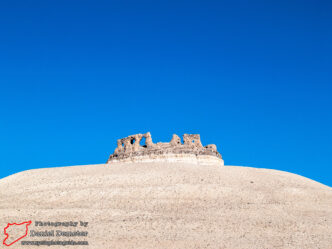
Qalaat al-Shamamis (قلعة الشماميس) is a largely ruined Ayyubid-era castle located just a few kilometers northwest of Salamiyeh (سلمية). The castle dates from …
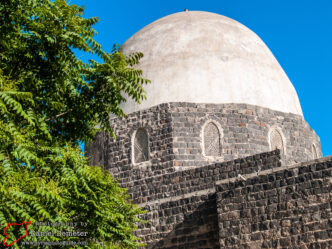
Salamiyeh (سلمية) is a predominantly Ismaili town located about forty kilometers east of Hama (حماة). The town has had a long history dating …